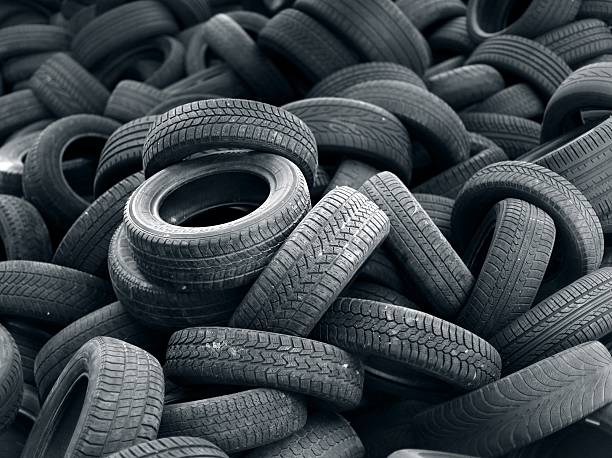The right tires can change your driving experience. Taking good care of them not only improves comfort and safety but also makes them last longer, saving you money in the long run. Tires are the only part of your car that touch the road, which makes them especially prone to wear and tear. Like any other part of your vehicle, they need proper attention to perform well and last as expected.
Here, are some practical tire care tips to help you keep your tires in great shape.
1. Check Your Tires Every Week
Take a quick look at your tires weekly—it’s a great way to catch any issues before they get worse. Make sure they’re properly inflated and have enough tread depth. If the tread is worn down to the wear indicators, it’s time for new tires. Also, look out for any visible cracks or damage. Not sure what to look for? A professional inspection at your nearest Bridgestone store can help.
2. Rotate Your Tires Regularly
Rotating your tires helps them wear evenly, which is key for getting the most out of them. Follow the rotation schedule in your vehicle’s manual—this is usually every 5,000–7,000 miles or about every other oil change. Remember, tires wear differently depending on whether your car is front-wheel, rear-wheel, or all-wheel drive. If you’re unsure, one of our trusted mechanics can guide you.
3. Get Your Wheels Aligned
If your wheels are misaligned, your tires can wear unevenly and faster than they should. This also affects how your car drives and brakes. To keep your tires in top shape and ensure safe driving, have your wheels aligned every six months or 10,000 kilometers. Feeling your car pull to one side while driving? That’s a sign you might need a wheel alignment. Bridgestone stores can align your wheels with the latest tools to make sure your tires stay in good condition.
4. Keep an Eye on Tire Pressure—and Try Nitrogen Inflation
Correct tire pressure is essential for safety, fuel efficiency, and performance. Check your tire pressure monthly with a quality gauge, ideally in the morning before driving. Consider using nitrogen inflation for better pressure maintenance. Nitrogen escapes slower than regular air, which means your tires keep the right pressure longer. This helps with fuel economy, makes your tires last longer, and reduces the chance of blowouts. Many cars made after 2007 have Tire Pressure Monitoring Systems (TPMS), so make sure your service provider knows how to handle these.
Nitrogen inflation, widely used in motorsports, can also benefit everyday drivers by offering better tire life and more consistent performance




